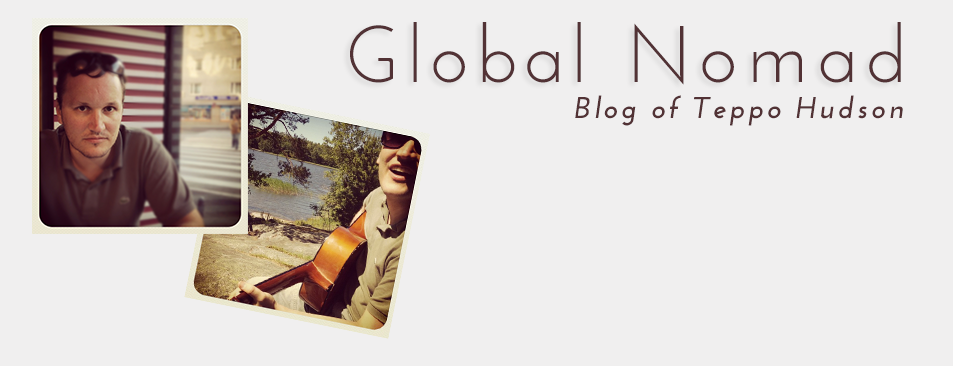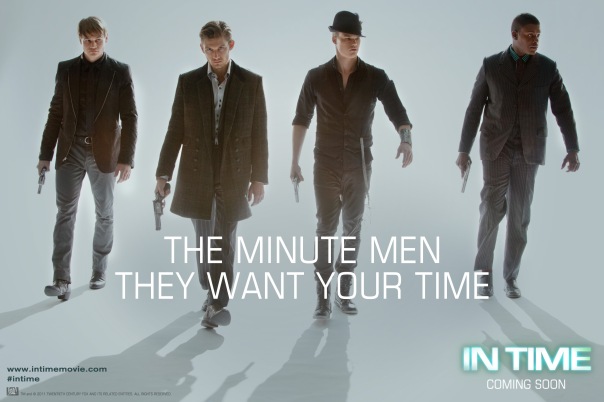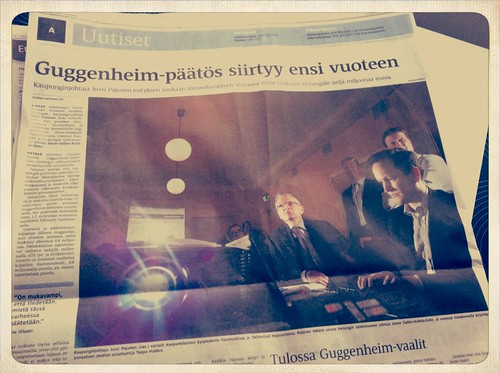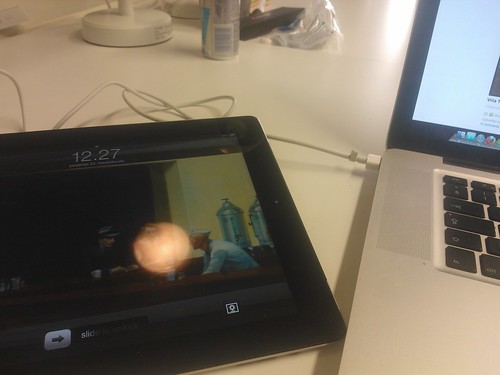I have a dream: In 5 years, the online banner advertising must not exist as we know it. The experience is so horrible for each one involved. The advertiser gets really low engaging impressions, the user gets over exposure of banners and advertising agencies get ever decreasing rates of advertising.
There must be a better way.

Since we started out at Publishzer, we are looking for ways to deliver a much better experience, by not emphasising the importance of impressions. We are looking into the importance of relationships, into a commodity that retains its value and is able to push advertising towards recommendation-between-people. But what is needed to push Publishzer into selling relationships, not impressions.
1. An offering that cannot be commoditized.
There is an abundance of banner advertising on the web. There is now scarcity of ways to use banners and due to the excess of banner option, the price will plummed as the demand will not meet the offering.
The only way to succeed and leapfrog the other banner-comparable options, Publishzer will be able to command higher price point and give better earning opportunities to the bloggers. Scarcity of sources with huge reach and a product that cements relationship for life could be a killer combination.
2. Advertising should not be onetime conversation
Banners often relay on one-time click to reach the customers. Better way in our minds is the opportunity to offer beautiful magazine spreads, that invite you to understand the context and conversation around the brand. Even better, what is the brand is not advertised, but recommended through an enthusiastic expert the reader is following daily.
3. The service should enhances the experience
Related to the previous point, Publishzer has to enhance the content and context the message is been seen. For example fashion magazine advertising are so compelling that they are actually an important part of the content. The online advertising cannot retain the current way of interruption.
We want to create the same experience on the web, where video, text and images create amazing curated pieces of information. It is beautiful to look at and excited you to understand more.
4. We will guard the bloggersFor us the bloggers are the kings and queens. We will never let the advertisers to dictate the subjective thoughts of bloggers. However, the bloggers have to show their knowhow and enthusiasm for the brands they work with. This approach is the basis of enabling authentic recommendation that really engages the audience and ads to the content.
Overall we believe, there is a huge opportunity for the entire digital media industry. Online advertising has become a commodity (thanks, Google!). With combined effort to make advertising more valuable than offline advertising, we can increase the value of the pie for everyone. And most importantly, make advertising interesting again, rather than interrupting.
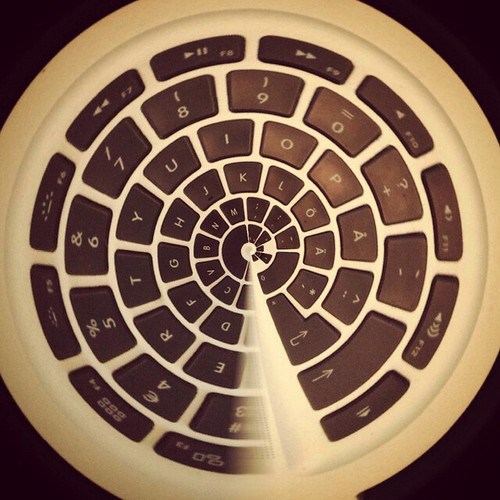
There must be a better way.

Since we started out at Publishzer, we are looking for ways to deliver a much better experience, by not emphasising the importance of impressions. We are looking into the importance of relationships, into a commodity that retains its value and is able to push advertising towards recommendation-between-people. But what is needed to push Publishzer into selling relationships, not impressions.
1. An offering that cannot be commoditized.
There is an abundance of banner advertising on the web. There is now scarcity of ways to use banners and due to the excess of banner option, the price will plummed as the demand will not meet the offering.
The only way to succeed and leapfrog the other banner-comparable options, Publishzer will be able to command higher price point and give better earning opportunities to the bloggers. Scarcity of sources with huge reach and a product that cements relationship for life could be a killer combination.
2. Advertising should not be onetime conversation
Banners often relay on one-time click to reach the customers. Better way in our minds is the opportunity to offer beautiful magazine spreads, that invite you to understand the context and conversation around the brand. Even better, what is the brand is not advertised, but recommended through an enthusiastic expert the reader is following daily.
3. The service should enhances the experience
Related to the previous point, Publishzer has to enhance the content and context the message is been seen. For example fashion magazine advertising are so compelling that they are actually an important part of the content. The online advertising cannot retain the current way of interruption.
We want to create the same experience on the web, where video, text and images create amazing curated pieces of information. It is beautiful to look at and excited you to understand more.
4. We will guard the bloggersFor us the bloggers are the kings and queens. We will never let the advertisers to dictate the subjective thoughts of bloggers. However, the bloggers have to show their knowhow and enthusiasm for the brands they work with. This approach is the basis of enabling authentic recommendation that really engages the audience and ads to the content.
Overall we believe, there is a huge opportunity for the entire digital media industry. Online advertising has become a commodity (thanks, Google!). With combined effort to make advertising more valuable than offline advertising, we can increase the value of the pie for everyone. And most importantly, make advertising interesting again, rather than interrupting.

